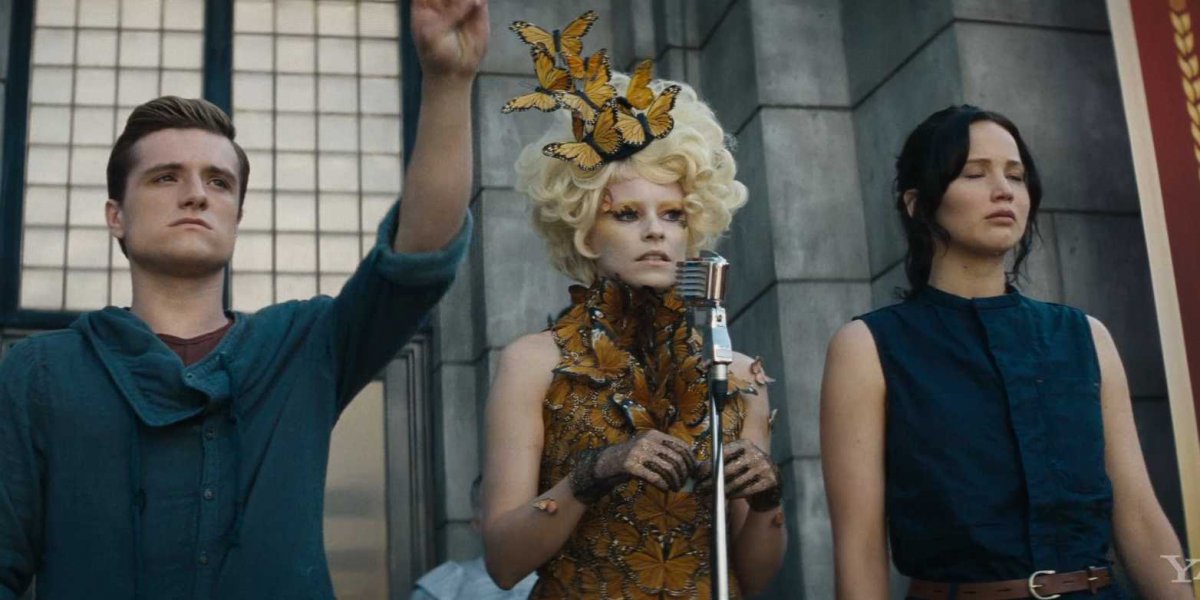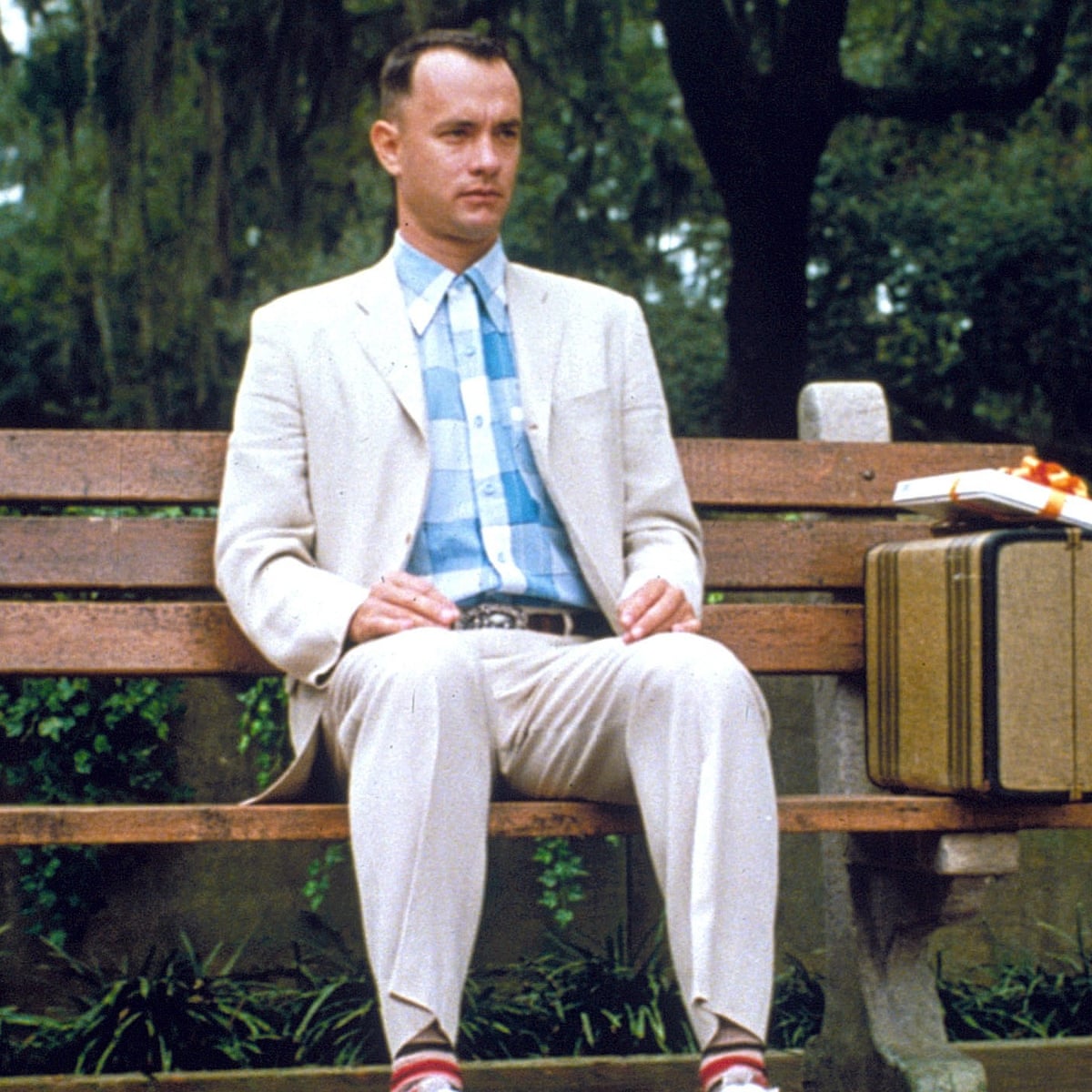The biography, Just Mercy was published in 2014 by author Bryan Stevenson. In 2019, the award-winning book was developed into a movie in 2019, winning multiple awards for its story and message. This analysis will focus on the film version of this story.
The movie’s story follows the life and work of Bryan Stevenson, a recent graduate from Harvard Law School. After graduation, Stevenson passes up corporate, high wage earning, jobs to rather move to Alabama and defend inmates who were wrongly accused of crime and others who could not afford representation. Now, why was this film so successful? While Stevenson helped exonerate numerous inmates, the film focuses on the relationship that Stevenson formed with Walter McMillian, highlighting the injustice and power struggle that plagued the justice system of southern states deep into the 1900s.
Understanding the injustices that the movie depicts is quite simple; black men in America were overwhelmingly charged for crimes that they did not commit and were not given fair representation by adequate lawyers. Just Mercy uses both visuals and storylines further emphasize the depth of the injustices against black men. Speaking first of the visual aspects, some of the most memorable scenes of the movie come as death row inmates line up at their cell doors, making any noise they can in support of a soon to be executed fellow prisoner. These scenes gave insight to vastness of injustice that had happened.
The film made it seem that every prisoner on death row there was falsely accused through moments like this. In regard to the storyline, the storyline attempted to further uncover the history of injustices in the case of McMillian. The way that this movie depicts the injustices that existed reminded me of Spivak’s description of a subaltern. As women were left voiceless in Spivak’s India, the black man was left voiceless in prison systems across America.
With injustice comes power, and power was expressed numerous times in Just Mercy. Most memorably, the countless times that McMillian and other inmates were beaten or physically abused by white prison guards. My mind immediately went to Hegel’s master slave paradox. It was so disheartening to see this be lived out in moder n times, but necessary to fully develop the power struggle that existed.
n times, but necessary to fully develop the power struggle that existed.
Now when Bryan Stevenson shared this story, and it was transitioned into a film, what was his intention in writing this biography? What message did he want to be taken away? I think that the intent was clear, develop an awareness of the injustice and power that existed in the late 1900s in the justice system. As far as the message, I think Stevenson and the film writers wanted to make a case for the necessity for change in the ways black men have been treated for far too long in the justice system across the United States, and a powerful argument against the death penalty.




 as the other and deemed him not worthy of playing professional baseball, simply due to the color of his skin. From the section of the book I shared this hatred even went as far as a belief that black people weren’t humans or on the same level as white people, or in other words, like he was the other. Jackie faced discrimination in many different forms, he received death threats, he was called derogatory names, and was physically hurt through his journey to the major leagues, which were all tactics used by white people to remain in control of black people during this time. Regardless of all this hate he faced he made it to the major leagues, and even after his time in baseball as an advocate for change in this country.
as the other and deemed him not worthy of playing professional baseball, simply due to the color of his skin. From the section of the book I shared this hatred even went as far as a belief that black people weren’t humans or on the same level as white people, or in other words, like he was the other. Jackie faced discrimination in many different forms, he received death threats, he was called derogatory names, and was physically hurt through his journey to the major leagues, which were all tactics used by white people to remain in control of black people during this time. Regardless of all this hate he faced he made it to the major leagues, and even after his time in baseball as an advocate for change in this country.

